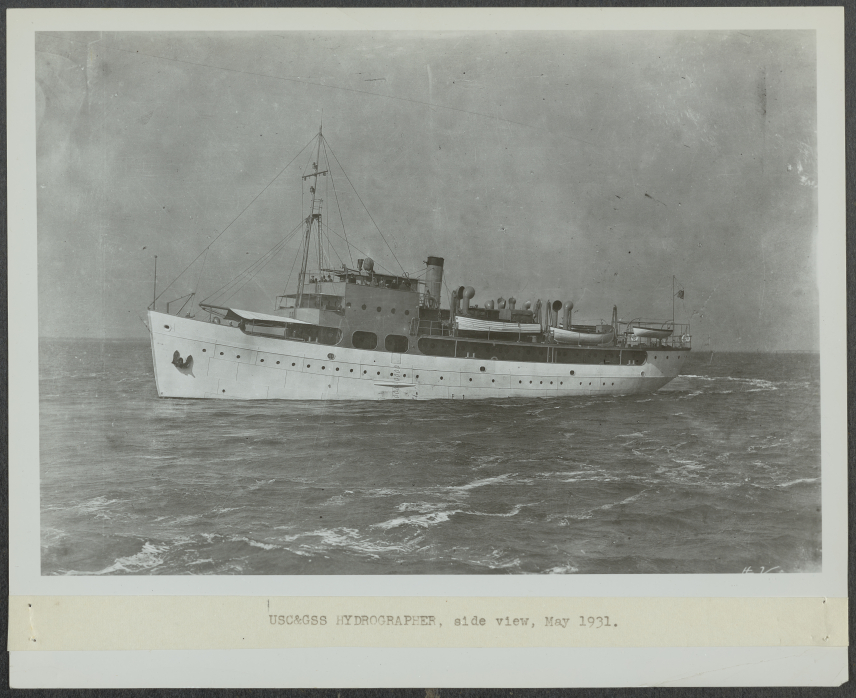It’s 1931 and you are a U.S. Coast and Geodetic Survey Corps officer on the USC&GSS Hydrographer. A bell clangs urgently, waking you from sleep. What could it mean?

The bell from the USC&GS Ship Hydrographer. (Image credit: NOAA Heritage)
Bells have been used on ships for centuries. They were rung as alarms in case of an event like a shipboard fire or as an alert to other ships in low-visibility conditions, like fog. They chimed during ceremonies, including celebrations or change of command.
They also announced the time before reliable maritime chronometers were available because pendulum clocks wouldn’t work properly on a rocking ship. A sailor on watch would use a 30 minute hourglass to keep time, ringing the bell every time he turned the glass, once for the first half hour and twice for the second, until he reached eight bells for a full four-hour watch.

This bell traveled with the Hydrographer from its launch in 1931 to its decommissioning in 1967. The U.S. Coast and Geodetic Survey transferred the Hydrographer to the Navy for service in World War II. From April 1942 to July 1946, she performed many important wartime duties including sounding and survey work in Alaska in Attu’s Massacre Bay in preparation for the Battle of Attu in May 1943, in which U.S. forces recaptured the island from the Japanese. The Hydrographer also performed survey work in Apra Harbor in Guam, where the crew was often fired upon by Japanese snipers, but continued their work nonetheless. Earning three battle stars for her war service, Hydrographer was returned to the U.S. Coast and Geodetic Survey in 1946.

Her post-war service was mainly in the Gulf of Mexico where she faced the full brunt of Hurricane Florence in 1953. Despite damage from the storm, the stout ship was saved by the heroic actions of her officers and crew. At the time of her retirement it was estimated that Hydrographer had covered more than a quarter million nautical miles and surveyed more than 60,000 nautical square miles of ocean.






